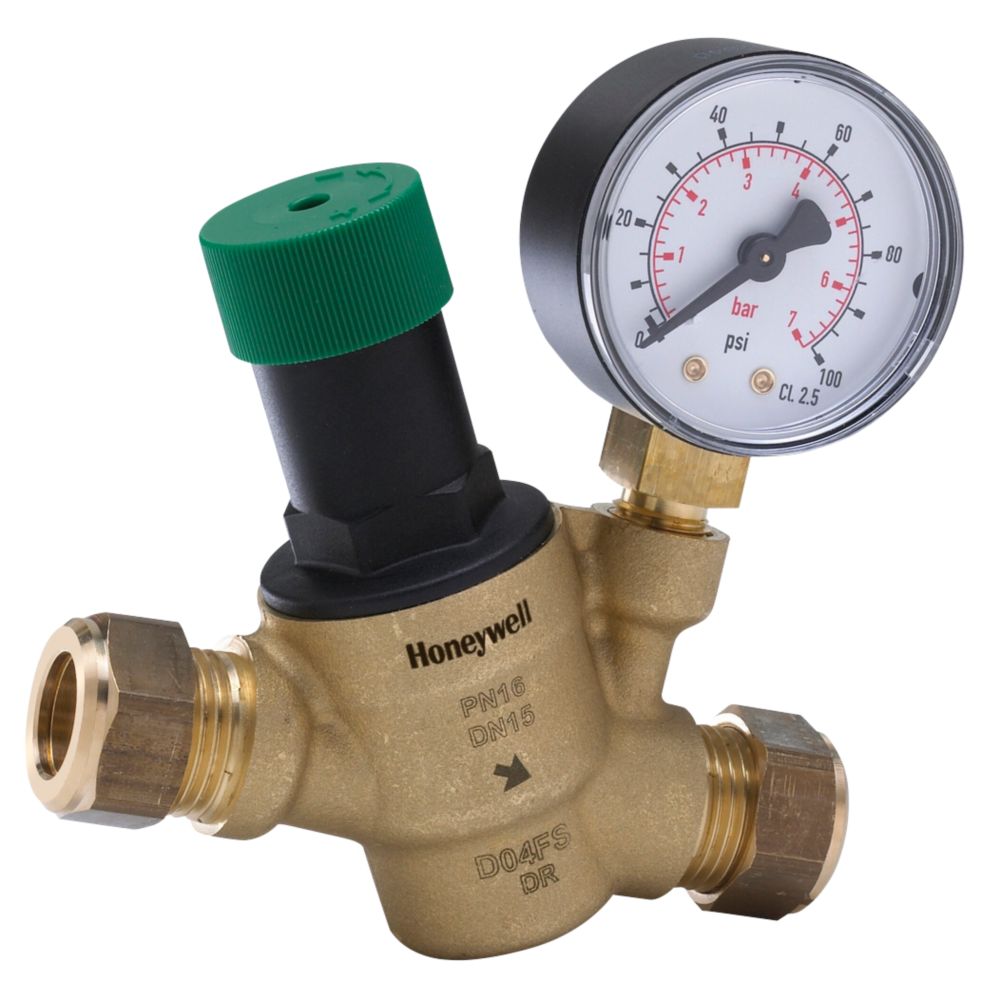- Joined
- 31 Dec 2023
- Messages
- 7
- Reaction score
- 1
- Country


Honeywell Home Pressure Reducing Valve 1.5-6bar 15mm x 15mm - Screwfix
Order online at Screwfix.com. Lightweight, simple construction. Designed to protect household appliances from excessive supply pressures regardless of fluctuating inlet pressure. Can reduce water consumption and damage from over pressurisation. 1.5-6bar adjustable outlet pressure. Supplied with...
That's the prv which is installed straight after the stopcock, the relief valve is installed after the prv outside about 1 meter after in the car port just above a drain.
Just had a mate here who is a plumber for the council, he thinks it's strange the relief valve isn't working and can't believe how high the pressure is. He thinks it's because we live half way down a steep bank with a village at the top. However he does suggest the EV may work so will try that next.
